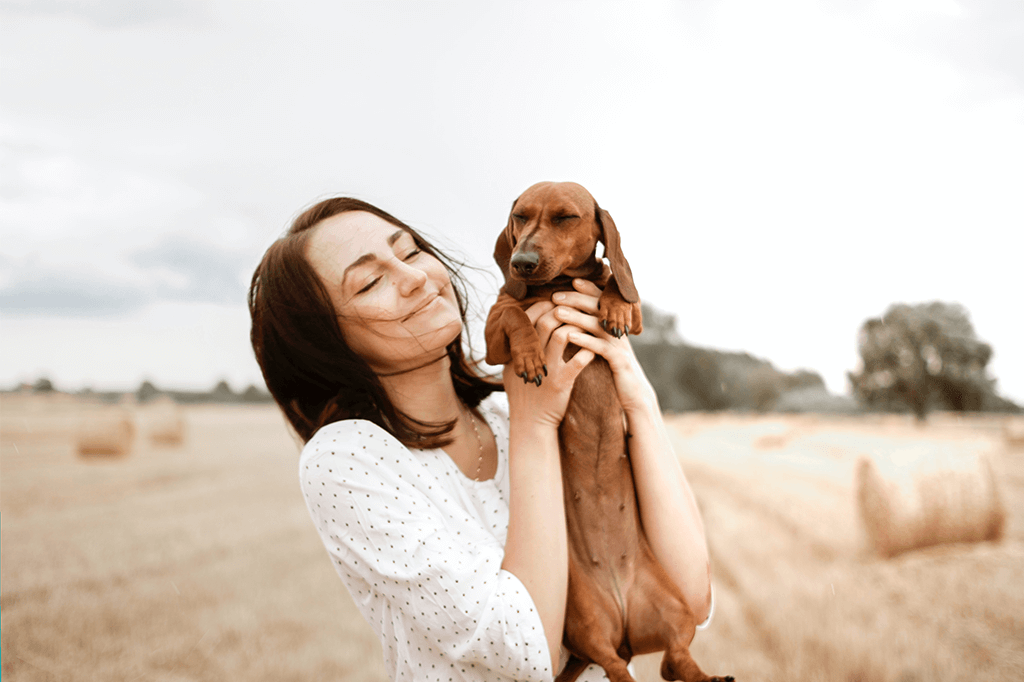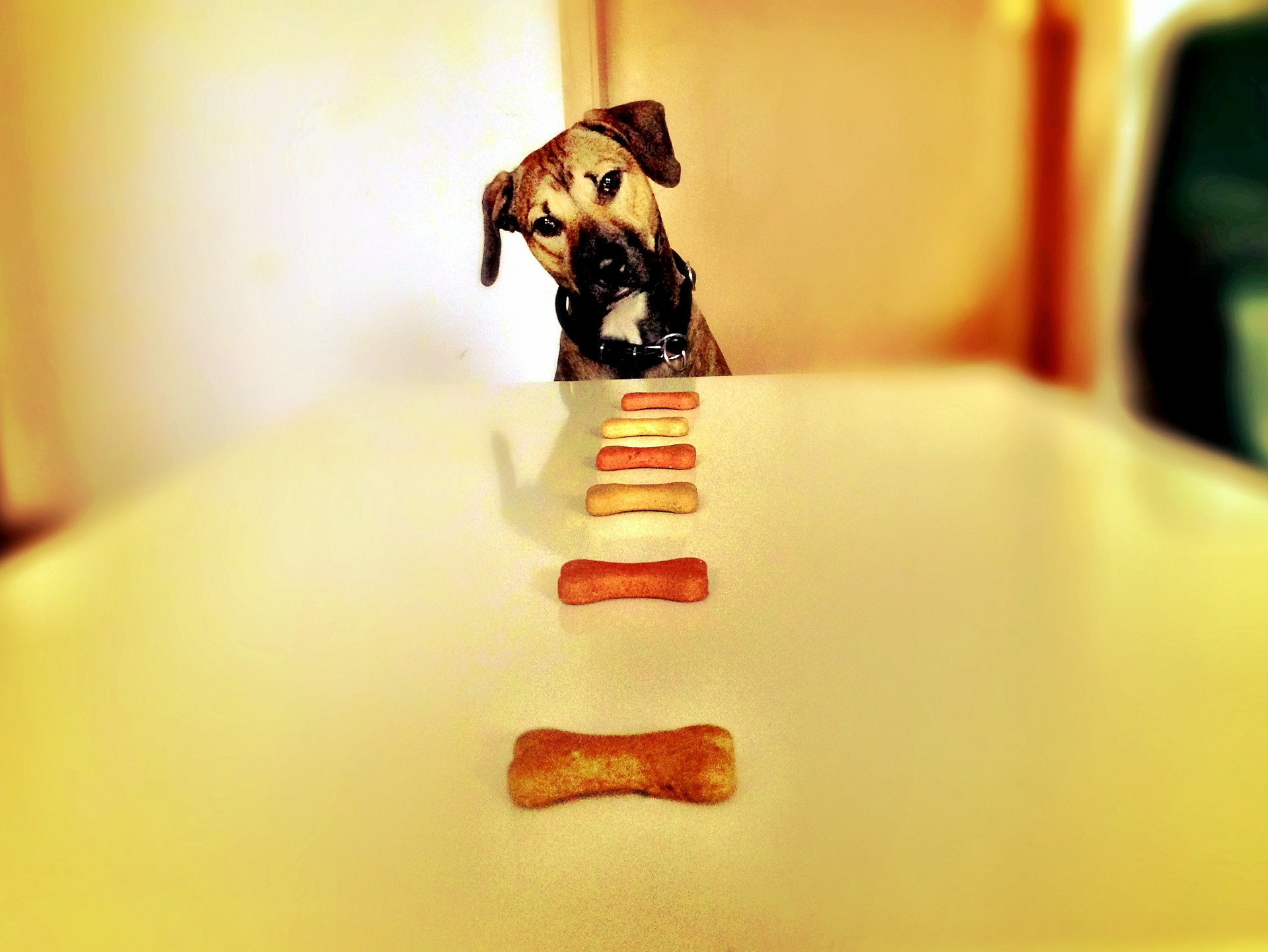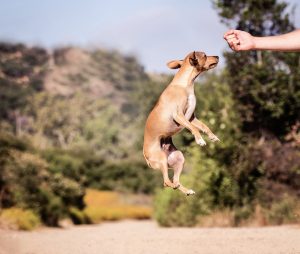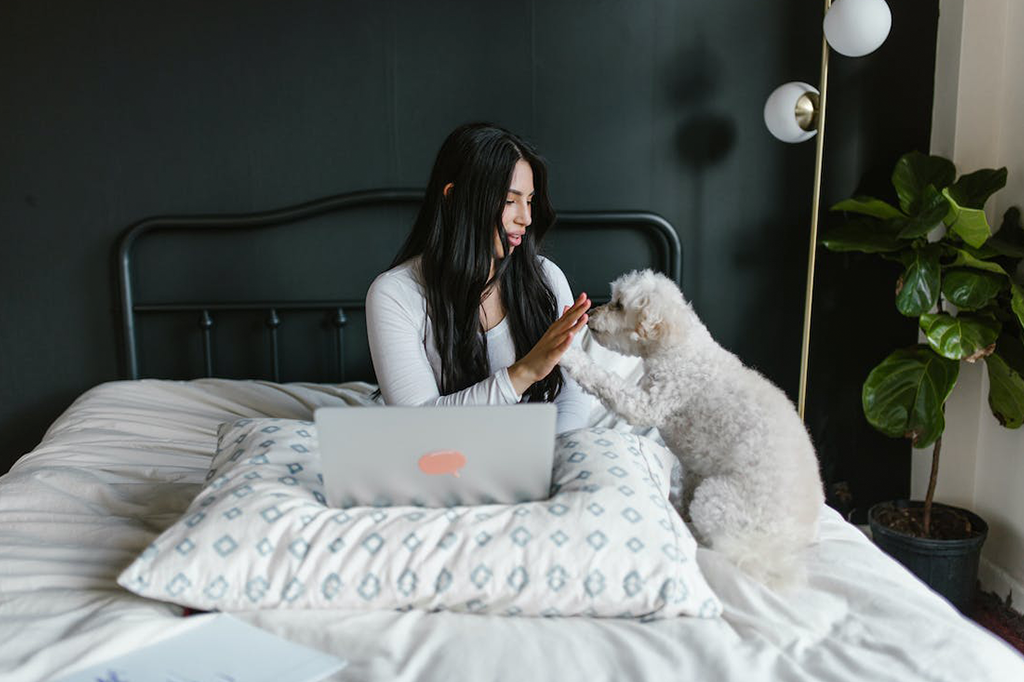Muzzle Training Your Dog

Image courtesy of Pranidchakan @ Pexels
The majority of people out there who own a friendly, happy dog think that muzzle training is pointless, because muzzles tend to be associated with aggression. However, there are a number of reasons as to why your dog may need to wear a muzzle at some stage in his life, making muzzle training one of the best things that you can do for your pooch.
WHY WOULD MY DOG NEED TO WEAR A MUZZLE?
Even if your dog may not be aggressive, you may need to turn to a muzzle at some stage in your dog's life.
Reasons could include:
-
An injury – a dog may bite when in severe pain
-
Grooming – even if you desensitize your dog to the grooming process, he could still experience a negative situation at some point in his life that may require you to keep him muzzled when being groomed
-
Laws – these could be due to breed specific legislation, or even geographical location
-
Preventing unwanted eating while out – many dogs love to eat the strangest things while out on their walk, but this can often be dangerous. A muzzle prevents this from happening
If, for whatever reason, your dog does need to wear a muzzle, you want this to be something that your dog is happy to do.
Don't think that your dog would ever be happy wearing a muzzle?
Think again...
It all comes down to how you muzzle train your dog.
CHOOSING A MUZZLE
Before you begin muzzle training, you need to first choose a good muzzle for your dog.
There are several different types out there, but the best tends to be the basket muzzle. This is usually made from plastic or rubber, and fits like a basket over the dogs nose and mouth.
Why are these muzzles best?
Because not only can you easily slide treats through the gaps in the muzzle, but its shape and size enables your dog to drink and pant as well. Panting is extremely important, as this is how your dog cools down.
Whichever type you choose, you need to make sure that the muzzle fits your dog properly. Check that it isn't rubbing against your dog's face anywhere, especially the nose and the eyes.
If you are buying the muzzle online...
Make sure that you take the time to properly measure your dog. The wrong size could lead to painful chafing.
GETTING STARTED WITH MUZZLE TRAINING
There are a few different stages involved when it comes to successfully muzzle training a dog.
Keep in mind that all dogs progress at different rates, so be patient and consistent in your methods.
Begin with Treats
High value treats are key when it comes to muzzle training. Make sure you have something that your dog absolutely loves, such as cheese or meat. This is important when it comes to helping your dog associate the muzzle with positive experiences.
Then, follow these steps:
-
Show your dog the muzzle and then immediately give him a few treats
-
Hide the muzzle behind your bag for a few seconds
-
Bring it back out, show it to your dog, and give him more treats. Verbal praise is also important. Repeat this a few more times
-
Place some treats inside the muzzle and allow your dog to eat them from within the muzzle
-
Once they are finished, repeat that step a few more times
Keep going over those steps over several different training sessions. This will really help to cement your dog's positive reaction to the muzzle.
Adding in Vocal Cues
As your dog slowly begins to learn that the muzzle leads to treats, you can begin to add in vocal cues.
Say the word “muzzle” when your dog is about to place his face into the muzzle. The more you do this, the quicker he will learn what you want him to do when you say the cue word. This will make it so much easier to place the muzzle onto your dog in the future.
Securing the Muzzle
Once your dog gets excited at the sight of the muzzle, you can then move on to the next stage.
After your dog has placed his face into the muzzle to eat the treat, gently fasten it behind his head, but then unfasten it and take it off straight away.
Repeat this a few times, making sure that you are still placing treats into the muzzle for your dog. It could be worth mixing up the treats that you are using at this point, adding in a few different high value treats to keep your dog interested.
As you continue on, slowly start leaving the muzzle on for longer periods of time. Begin with 15 seconds, then 30, then 45, and so on.
Aim to have your dog happily wearing the muzzle for around 15 minutes by the end of your training. However, make sure that you always do something fun with your dog, whether this may be a walk or play, while he is wearing the muzzle. This will help him to see the muzzle as a good thing.
SHORT BUT SUCCESSFUL TRAINING SESSIONS
Whether you are muzzle training your dog or trying to teach your dog anything else, it is important to keep your training sessions short and sweet.
Why?
Because you don't want your dog to get bored or frustrated. This will only bring negative connotations to whatever it is you are trying to teach.
You don't need to muzzle train for more than a few minutes at a time. You can then repeat these sessions several times throughout the day.
Don't forget...
Always set your dog up for success. If you don't think that he is progressing enough, start again and go back to basics. It is so important to make this fun for your dog throughout the whole process.
You never know what may happen in life, which is why it is always important to be as prepared as possible. Muzzle training your dog may not be something that you have considered, but could really make a huge difference in your dog's life further down the line. Muzzle training is easy, as well as fun, so go ahead and give it a try!





